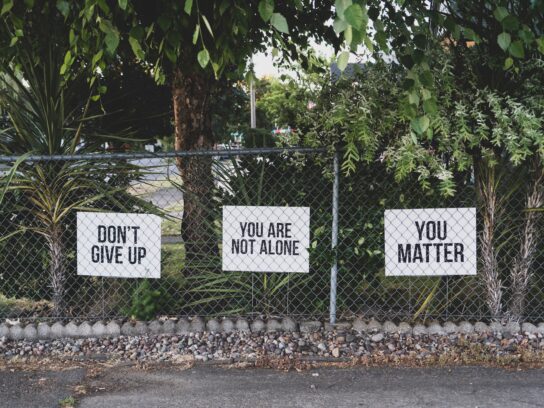
September is national suicide prevention month and the Department of Health and Human Services (DHHS) released “The Five Steps” to go through when someone you know is struggling with mental health and suicidal thoughts or actions and you want to help.
Fully listed in detail on the county’s website here, the steps are to ask, keep them safe, be there, help them connect, and follow up.
Often, people with mental health struggles suffer in silence and never reach out for help. The first step, “Ask,” calls for reaching out to someone who you think may be struggling. The county’s website gives tips such as to, “Directly ask them questions like: Are you thinking about killing yourself? How much are you drinking/using drugs?”
The second step, “keeping them safe,” revolves around asking if they thought about how they would do it. According to the site, “If your friend answers “yes”, their risk level is high. Reach out to a parent or trusted adult to tell them your friend is having these thoughts!” Above all, do not hesitate to call 911 in an emergency or Lifeline at 1-800-273-8255.
The third step is to “be there.” Perhaps the most important step, DHHS is advising “If you think someone might be considering suicide or is using substances excessively, listen to their reasons for feeling hopeless and in pain. Tell them that their emotional pain is real and important.”
The fourth step is to “help them connect.” There is a wide variety of ways for those who are struggling with mental wellness or substance abuse. Those suffering may not reach out for help on their own. The DHHS says “Ask them to reach out to an adult or a mental health professional. Offer to sit down with them and write out a support system plan or find resources with them.”
The fifth and final step is to “follow up.” Once that person is out of crisis, it is crucial to keep in contact. Checking in with them in the days and weeks that follow is crucial to making sure they do not relapse.


Comments are closed.